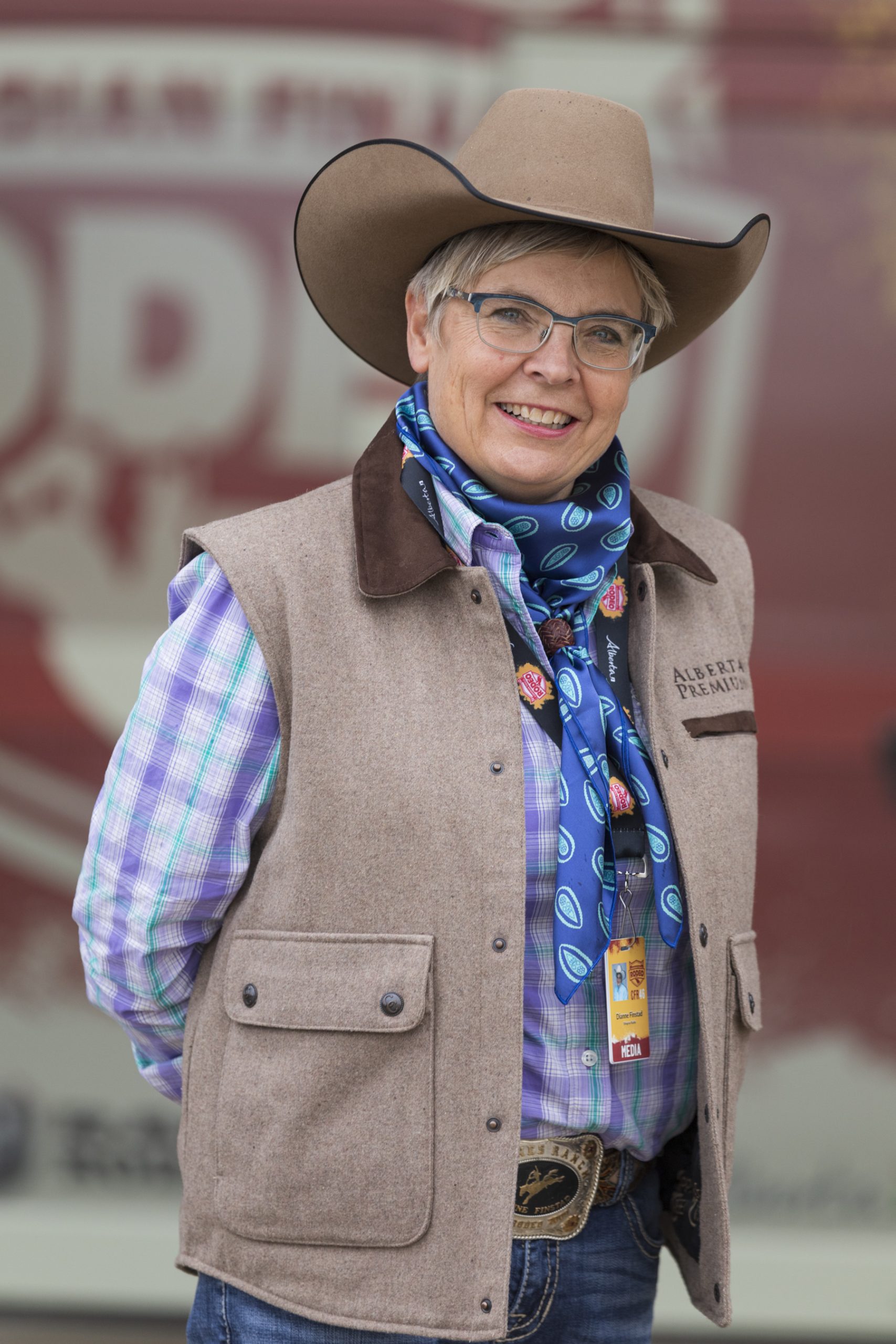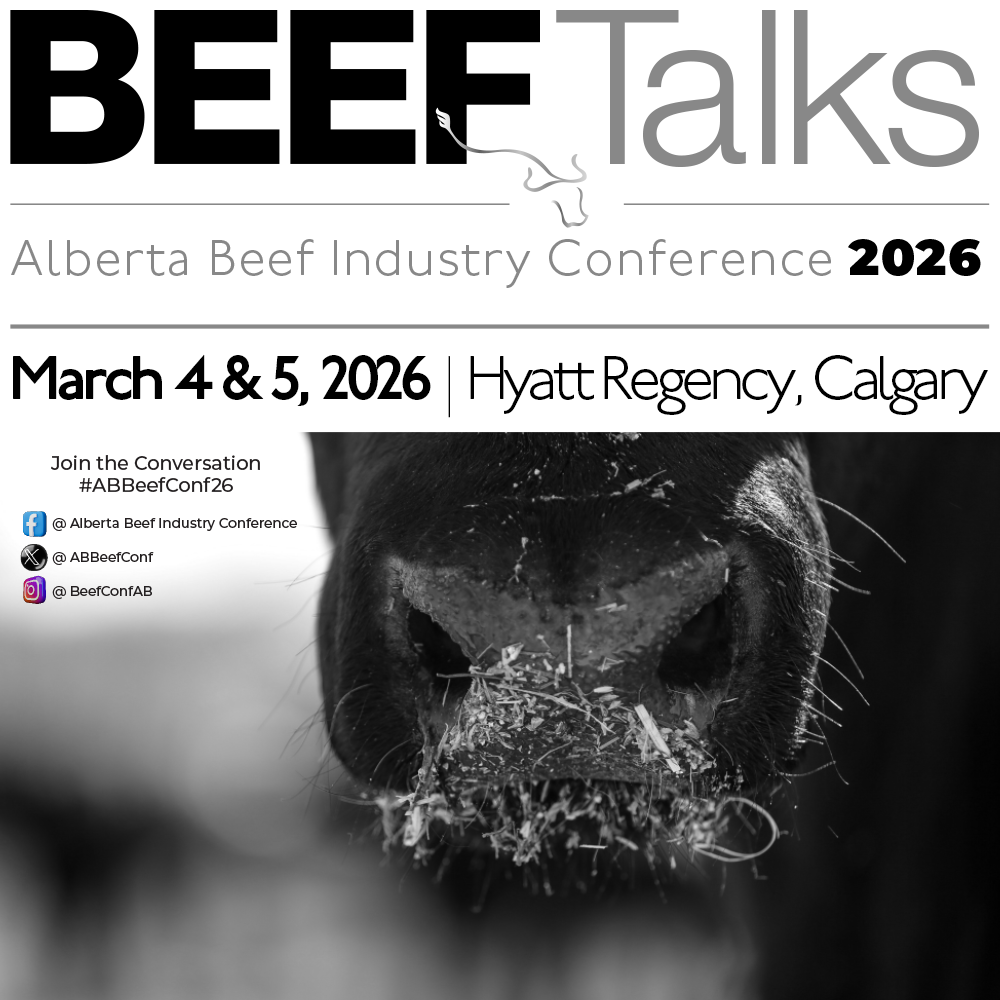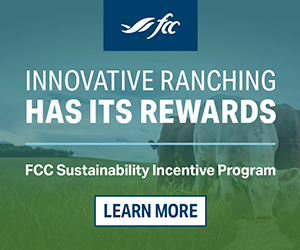AB Direct - Steers
Rail: 492.00-493.50 FOB feedlot (last week)
AB Direct - Heifers
Rail: 492.00-493.50 FOB feedlot (last week)
US Trade- Steers
Rail: 355.00-363.00 (IA, NE) last week
US Trade - Heifers
Rail: 355.00-363.00 (IA, NE) last week
Canadian Dollar
0.19

Alberta auction markets discuss drought and shifting technology
Auction markets are where buyers and sellers meet in the cattle business. They remain relevant and busy, and this year, are on the frontlines of drought’s impact on producers.
Fears exist about another widescale reduction in the Alberta cow herd because of the hardships caused by the lack of rain. While it hasn’t fully materialized to date, dry conditions have left their mark.
“I don’t think we’ll see really heavy movement because we’re dealing with a smaller herd,” says Ian Goodbrand, owner of Dryland Cattle Trading in Veteran. “Just like I don’t think we’ll see heavier movement than normal on the calves, because they just aren’t there. We’re seeing earlier movement, but not heavier movement.”
Goodbrand describes the drought of ’21 as ‘legendary’ in eastern Alberta, and his perspective comes from family roots in the country dating back to 1909.
“It was one for the record books for sure,” he comments.
But drought is not a stranger to the region, and experienced ranchers stockpile both feed and grass whenever they can, for years such as these.
The same is true in southern Alberta, but longtime auctioneer and Balog Auction Services owner Bob Balog knows a lack of water was driving some cows to town earlier. But he has seen the alarm level come down.
“In the months of May, June and July, every second call I got were people wanting to disperse their cows,” says Balog. “A lot of things have changed, surprisingly enough. There’s been a little bit of optimism, a tiny bit of rain, and some government payments.”
“We’re not going to get as many complete cow dispersals as we are going to get reduction programs. We may see from 20-50% of some cow herds come to town.”
The central area of the province got off easier when it came to the severity of the drought, according to Duane Daines, one of the co-owners of the Innisfail Auction Market.
“There was a real concern in late July and early August. People were asking us early when we were having our first presort sales, so we’ve had a few,” says Daines. “But in this area, we got some timely rains, and the pastures came back a little bit, so it wasn’t such a panic.”

“I thought we were going to have a huge September with guys just having to sell their cattle, but that didn’t really happen.”
The northern part of the province seems to be where the drought has hit especially hard. And this, just after a year or two with too much moisture.
“In one year, we went from everybody having lots of hay, to no hay,” explains Yancy Crosier, the Chief Business Development Officer for VJV Auctions. “I would say that’s the only saving grace for a lot of our producers this year is that they did have a little bit of carryover.”
“But if this happens again next year, it will be catastrophic.”
As in the south, water issues surfaced with some northern ranchers having to move water by pipe up to five miles.
Crosier estimates five per cent of the cows in the region have already been sold, keeping markets in places like Beaverlodge open, in a season when they’re normally shut down.
“I think what we saw is a lot of the younger generation farmers trying to weather the storm through this. What we did see the biggest reduction in is the elder age rancher who traditionally every year says ‘oh, one more year and then I’m going to get out’ – well, this year they got out. Everything came to town.”
Community pastures were affected, which meant yearlings being pulled out earlier to be sold. That made the math on grasser cattle tough, with a much shorter time for gains.
“Traditionally here in the north we have a lot of guys that usually background cattle. There’s nobody backgrounding any cattle this year because nobody has any extra feed,” adds Crosier, who expects pen space to become an issue as feedlots absorb the lighter stock that came early.
“We’re really nervous as a company because traditionally we have a lot of backgrounded cattle to sell. I don’t know what we’re going to sell up here from January through to May.”
“We started selling calves in the middle of July,” says Balog, “and we’ve sold a lot of calves early that should’ve not been coming to town until now.”
“So marketing has maybe gotten a little bit different. There’s a lot more use of forward contracting and of futures contacts.”
Balog also notes eastern buyers were active and aggressive buying the earlier fall calves in his area, while local feedlots were focused more on yearlings.
When it comes to marketing cows or bred heifers, the mantra remains – the top end will always sell.
“I think it will be fine on the real good quality breeding stock, the younger cows and heifers,” says Daines. “It’s not going to be a runaway, but I don’t really talk doom and gloom either. It’s an opportunity to get your cow herd a lot younger.”
However, the marketers admit they expect many of the herd reduction cows could wind up in the meat market.
If it’s any comfort, Goodbrand’s view is that cows have been trimmed from Canadian herds for six months now, but prices have stayed strong. Exports south are increasing, and with an Australian herd rebuild underway, he sees the North American demand for cow meat being higher.
“There’s not that downward price pressure because we’ve got to substitute the grind coming from the oceanic beef.”
“Now is the time producers need to start looking at any other value add opportunities,” comments Crosier. “Is it the verified beef program, is it EU certified, or CRSB? What is it that gives you the extra cent or two per hundredweight on your cattle? Now’s the time to squeeze it out.”
And then there’s COVID
While COVID restrictions did make business difficult for auction markets, as an essential service, they carried on with their sales. A lot already had a presence in the online space, so weren’t really scrambling to get there.
Bob Balog lays claim to being the first in Canada to offer video sales, back in 1991 (beating VJV by one week, he grins, in their bragging rights race) by delivering video cassettes directly to feedlots. Technology has come a long way since then, and with bigger herds and feedlots wanting to take cattle directly, Balog had seen a renewed enthusiasm for video sales even before COVID.
“Is the video going away? No chance – it’s here forever,” states Balog. “If anything, the COVID’s pushed it more to that area.”
“VJV was ahead of the curve when it came to the online system,” remarks Yancy Crosier. “With our northern markets, we don’t have a lot of buyers that travel up here anymore. So when COVID hit, as a company we were like, whew, glad we did that.”
And the marketers agree – the stands are really about the sellers.
“People really want to watch their calves sell, so we spent some money and invested in technology so that watching the sale was much better and much easier,” explains Ian Goodbrand. “There were less and less people watching the sale in the stands all the time, and that was happening already. This just accelerated it.”
Innisfail Auction Market had video capability for bull sales pre-Covid, and did use the tool more during the height of restrictions, but Daines says their buyers still like to see the cattle live. He does anticipate some use of the online bidding option for a few more of this fall’s female sales. Also his Uncle Danny Daines likes to promote their sales on Instagram!
Opening the bidding to a wider audience has benefited some sales, especially horse auctions. And it’s meant less miles for some on the buying end.
“With the bigger feedlots, they’ve got enough stuff going on, they can tune in and sit right at their desk at home and still give orders, take phone calls and bid on the cattle all at the same time,” adds Balog.
But it does change the auction atmosphere, admits Crosier, who now sells to tens he can see, instead of hundreds.
“It’s a bit different environment for us auctioneers but we still try to make it fun for everybody, as we talk through the cameras to producers. They are watching from home.”
“As long as we sell them by auction, we still figure that’s the most fair way to get the price,” emphasizes Balog.
This article was first published in Volume 1 Issue 4 edition of ABP Magazine (November 2021) under ‘From North to South, Auction Markets Discuss Drought and Shifting Technology.’ Watch for more digital content from the magazine on ABP Daily.



